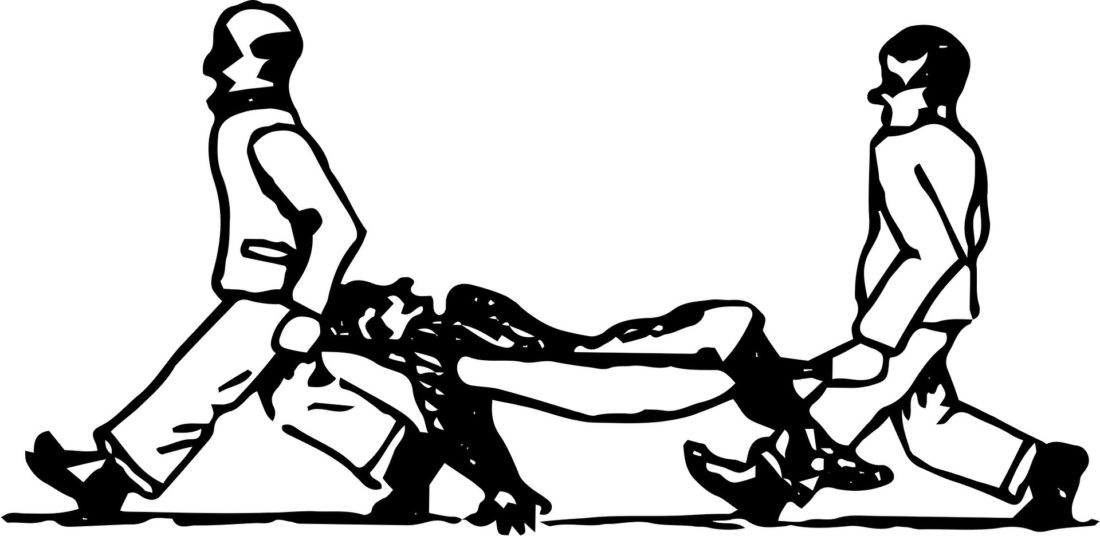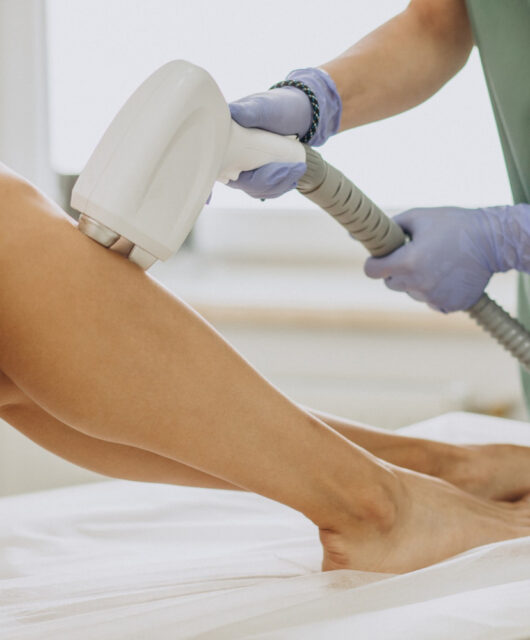Facing Injury, Pro Athletes Turn To Stem Cells For Healing

The career of a professional athlete can be short lived; an injury can take a promising athlete out of the game in just a moment. But as science advances, athletes – and many others – are finding renewed opportunities with stem cell treatments.
Stem cells are our body’s building blocks and can grow into a range of different tissue types. For athletes with joint injuries, stem cell treatments can restore cartilage, aid in tendon repair, and reduce re-injury rates. Now, some scientists and athletes think these cells may also hold the secret to peak performance.
Helping Hips and Knees
Hip and knee injuries are among the most common injuries suffered by pro athletes, and treating them can be invasive. For example, even the modern treatment for minor hip injuries involves arthroscopic surgery, and despite the small incisions requires extensive physical therapy. More severe injuries, on the other hand, can require complete joint replacements and end an athlete’s career.
One theory about stem cell therapy is that it may help eliminate the need for knee surgery and similar procedures. How? By supporting the body’s ability to heal itself. Stem cell treatment for knee pain can help the body repair damaged cells, reduce inflammation, and eliminate the need for surgery by acting early and decisively.
Soft Tissue Struggles
In addition to joint injuries, stem cell treatments can also be used to treat soft tissue injuries, which are common among athletes and can leave them benched for weeks. What doctors have discovered, though, is that these injuries can be managed using semi-differentiated cells called pericytes that are found in fat, specifically along capillaries and other blood vessels.
Pericytes have been used to treat soft tissue injuries in members of the Brooklyn Nets, among others, and results are promising, helping athletes get back in the game more quickly. Particularly when combined with platelet-rich plasma (PRP), pericyte treatment serves as an alternative to cortisone, not only reducing inflammation but actually helping the body heal.
Where Surgery Meets Stem Cells
Of course, not all injuries can be managed with stem cells alone, but combining surgery with stem cell treatment also has its benefits for athletes and has proven especially valuable for knee surgery. Our knees contain very few stem cells, but by introducing stem cells and PRP to the surgery site, the joint is more likely to heal quickly and reduce the likelihood of re-injury.
Preventing Pain Problems
Finally, stem cell therapy may be a valuable alternative to traditional pain treatment for serious athletes. In the midst of our national opioid crisis, research into NFL players’ pain management practices revealed extensive prescription use – as many as 6-7 pain pills or injections per week, per athlete. Many suffered organ and joint damage as a result and some athletes seeking peak performance showed clear signs of addiction.
Stem cell treatments channel our natural healing capacities, making them an obvious solution to pain and injury, but because they’re historically difficult to harvest and manipulate, they’re yet to enter widespread use. Still, we all know the power of celebrity on healthcare trends and the increased use of stem cells by professional athletes could be a game changer for mainstream use. Never mind surgeries and opioids – it’s time for stem cells to shine.









